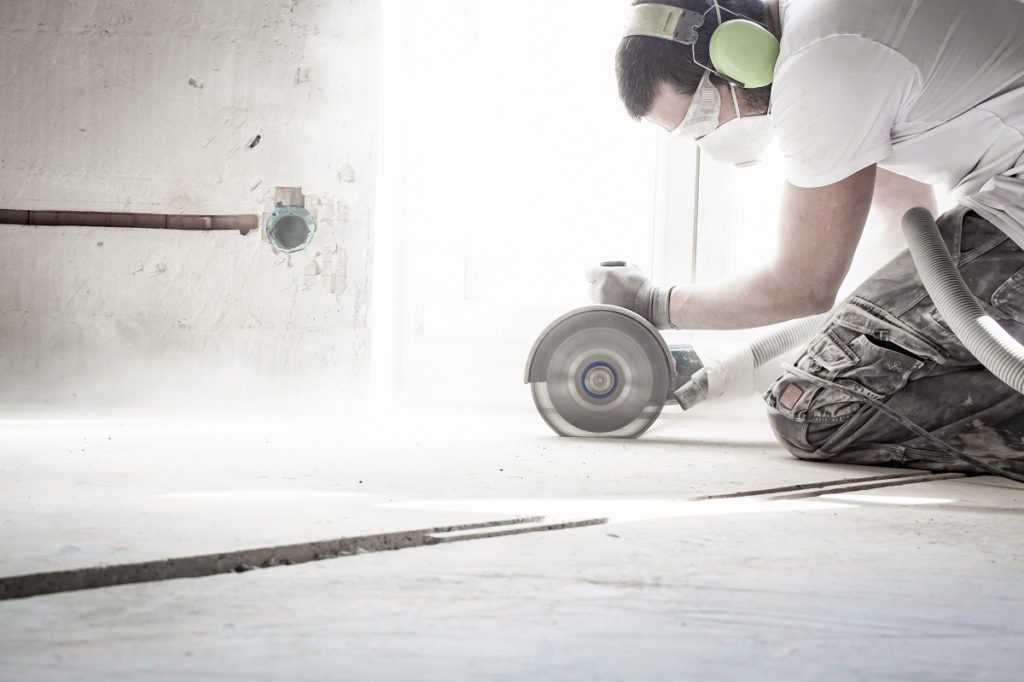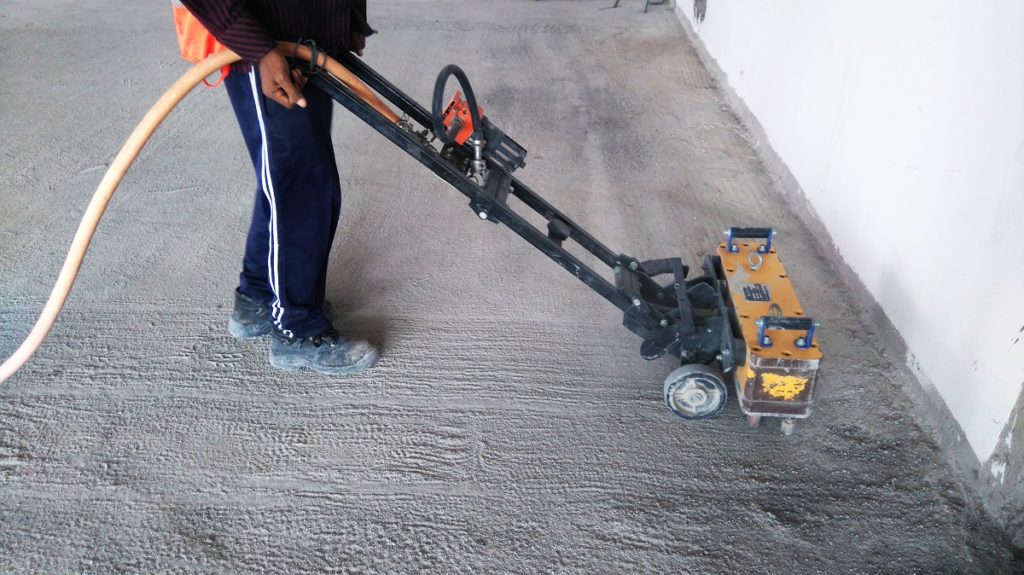In most properties, people opt for concrete floors. After all, concrete is strong enough to withstand the considerable weight and elements that would ordinarily cause the deterioration of other flooring materials. Even so, concrete is in no way failsafe. Cracks are among the most common issues that affect concrete floors. The sinking of your concrete floor is, however, a bigger problem you might grapple with at some point.
Interior floor, driveway, and garage floor leveling are ideal when your home in Salt Lake City or Denver suffers from sinking concrete floors. The two primary methods of leveling sunken concrete include mud jacking and the injection of polyurethane foam.
Mud jacking starts with drilling holes in the concrete, where you can inject mud or cement under the floor to raise it. Polyurethane foam injection, on the other hand, involves the injection of a two-part urethane product that will expand to form a rigid foam. It lifts and stabilizes your concrete floors.
Even so, you can save on the expenses of these repair procedures if you know what causes concrete sinking. The following are the common causes of sunken interior and exterior concrete floors.
Water Intrusion
When water continually infiltrates the base of your concrete floors, it erodes the stone or soil bases. The worst affected soils are clay-rich soils since these compound the impact of water intrusion. The clay will expand then contract based on the amount of water that infiltrates it. These movements will generate voids in the floor, initially evidenced as cracks.
Sinking concrete due to water intrusion is common in areas that are near or just next to your downspouts. The floors near poorly graded yards are also at risk of water intrusion as the water cannot freely flow into its designated section.
Poorly Compacted Fill Soils

When constructing concrete floors, contractors usually compact the soil to spread it out and get it to the desired grade level, as well as eliminate air pockets in it. If the concrete was poured on soil that was poorly compacted, the weight on the floors would eventually cause the soil underneath to move.
Soil Moisture Content Changes
While you can take several steps to avert water intrusion, you might not have as much control over soil moisture content changes. This is primarily attributed to the dry and wet weather cycles. In dry weather, plant roots will draw out the moisture in your soil and cause its shrinking. This, in turn, leaves a space or void that causes the sinking of concrete.
Lack of Slab Support
At times, only a part of your concrete slab is held in place by soils. This is common in poor floor construction. In this instance, the unsupported sections of your concrete slab will break off and cause the sinking of your floors.
Even with the realization of all the above causes of sunken concrete, some property owners might not realize the urgency of repairing sinking concrete. Left unmanaged, sunken concrete floors are tripping hazards that might see you slapped with personal injury suits. Furthermore, they increase your property’s odds of mold growth and flooding.

